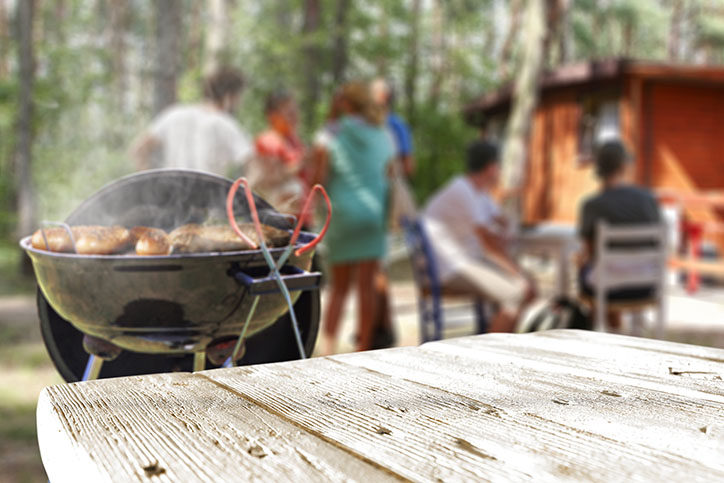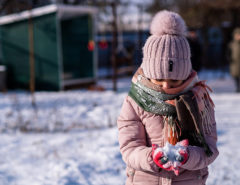Heading to a party or cookout this summer? Don’t invite food poisoning. At outdoor parties and cookouts, the temperature of food can change, allowing bacteria to grow. Germs and bacteria on your food can cause food poisoning. Below, we offer some tips on how to prevent food poisoning and keep your family and guests safe.
Preparation
Handwashing: Wash your hands with soap and warm water for at least 20 seconds before you begin preparing food, when you touch any raw meat, and after you have finished preparing the food. This is the about the same amount of time needed to sing “Happy Birthday” twice.
Thawing: DO NOT thaw food on the counter or at room temperature. Choose one of the following three ways to safely thaw frozen food:
- Thaw in the refrigerator
- Submerge in cold water, replacing the water every 30 minutes
- Thaw in the microwave
Separating: When preparing food, use separate cutting boards, knives, and utensils if you’re handling raw meat and other foods at the same time.
Cooking to Temperature
Looks can be deceiving! Even if your meat looks like it is cooked, that is not a guarantee. Check the internal temperature of food using a food thermometer.
- Whole cuts of beef, pork, veal, and lamb: 145°F
- Ground beef and ground pork: 160°F
- Chicken, turkey, ground chicken, and ground turkey: 165°F
- Casseroles and leftovers: 165°F
- Ham: 145°F
- Fish: 145°F
For more information about safe cooking temperatures, check out the Food Safety chart.
Keep Cold Foods Cold and Hot Foods Hot
Different foods need to be kept at different temperatures to prevent the growth of bacteria. Cold foods should be kept cold using ice or ice water. If you have a cold dish being served, fill a tray or bowl with ice. Place the dish into that tray or bowl to keep it cold. You can also keep the dish inside of a cooler filled with ice. Hot foods can be kept hot by using chafing fuel cans underneath chafing dishes, crock pots, or electric warming trays. If you are using chafing fuel cans, keep children away from the cans. The fuel contents are extremely toxic if ingested.
Leftovers
Leftovers must be put in the refrigerator within two hours of being cooked. If it is hotter than 90°F, food should only be left out for one hour. Leftovers can stay in the fridge for three to four days. They can stay in the freezer for two to six months. Label the container with the date the food was first cooked to ensure you and your family know whether it’s safe to eat or time to throw away.
Symptoms of Food Poisoning
Most cases of food poisoning only last a few days. Symptoms include:
- Upset stomach
- Diarrhea
- Vomiting
Contact your health care provider if you have severe symptoms, such as a fever over 102°F, diarrhea for more than three days, or dehydration.
If you suspect food poisoning, the experts at the Maryland Poison Center (MPC) can help you and suggest treatments for your symptoms. Do not search the internet for answers. The MPC is a free, confidential 24/7 service. Just call 1-800-222-1222.





Leave a Reply